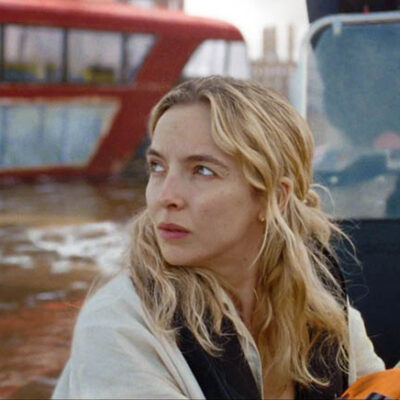By ED OCHS
Using previs as a first step in building the Wall and armies of warriors that deliver an epic film experience on the grand scale of Universal’s The Great Wall seemed like a smart idea. But first the director had to be convinced that previs was a key, not a limitation, to fully realizing his creative vision. And time, as always, was pressing.
“The Great Wall sky warriors scene was a fun challenge to figure out,” explains Halon Entertainment Previsualization Supervisor Clint G. Reagan in an email to VFX Voice. “We had a short two-week time frame to demonstrate the previs process to (director) Zhang Yimou who had not used it before. The goal was to show him how this filmmaking tool would help him make this very large-scale movie. To show the benefits of using previs during pre-production with very little time or iterations, combined with the armies of characters and lack of storyboards, we needed to generate a scene that would stand on its own.”

The Great Wall. (Photo credit: Copyright © 2017 Universal Pictures. All Rights Reserved.)
Reagan did some unusual translating to set the wheels in motion. “The previs process began with a verbal pitch from Zhang Yimou in Chinese,” Reagan recounts. “I watched his gestures while I took notes to connect how he expressed each story beat to the English translator. After the initial pitch meeting, I began the structural design of the scene, and planned how to approach the shots so that my Halon team would have an edit to start from. We divided the scene and artists by story beats, with each artist on our team focused on a very specific moment. Each artist brought their filmmaking talents to their beat, making the work scalable and exciting within the confines of our short time frame.”
Modeling and rigging started right away. “Our lead animators started animation with blocky placeholders so that we would have time to find exciting performances and shots for the edit.
The Great Wall turning to gold in 3D and compositing was designed by another artist. I had to design the launching system for the warriors and prep it for more detailed animation. We really had to previs our previs so that no time was wasted in reaching a storytelling piece ASAP.












